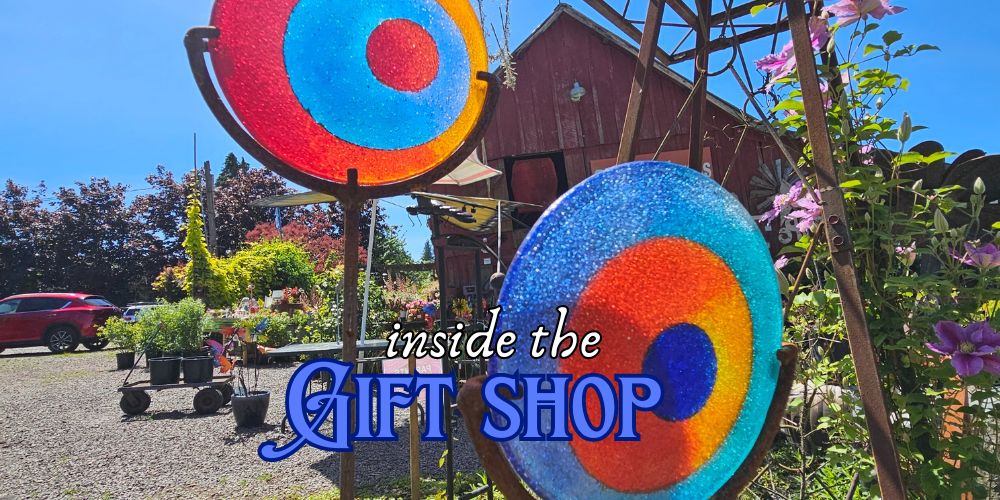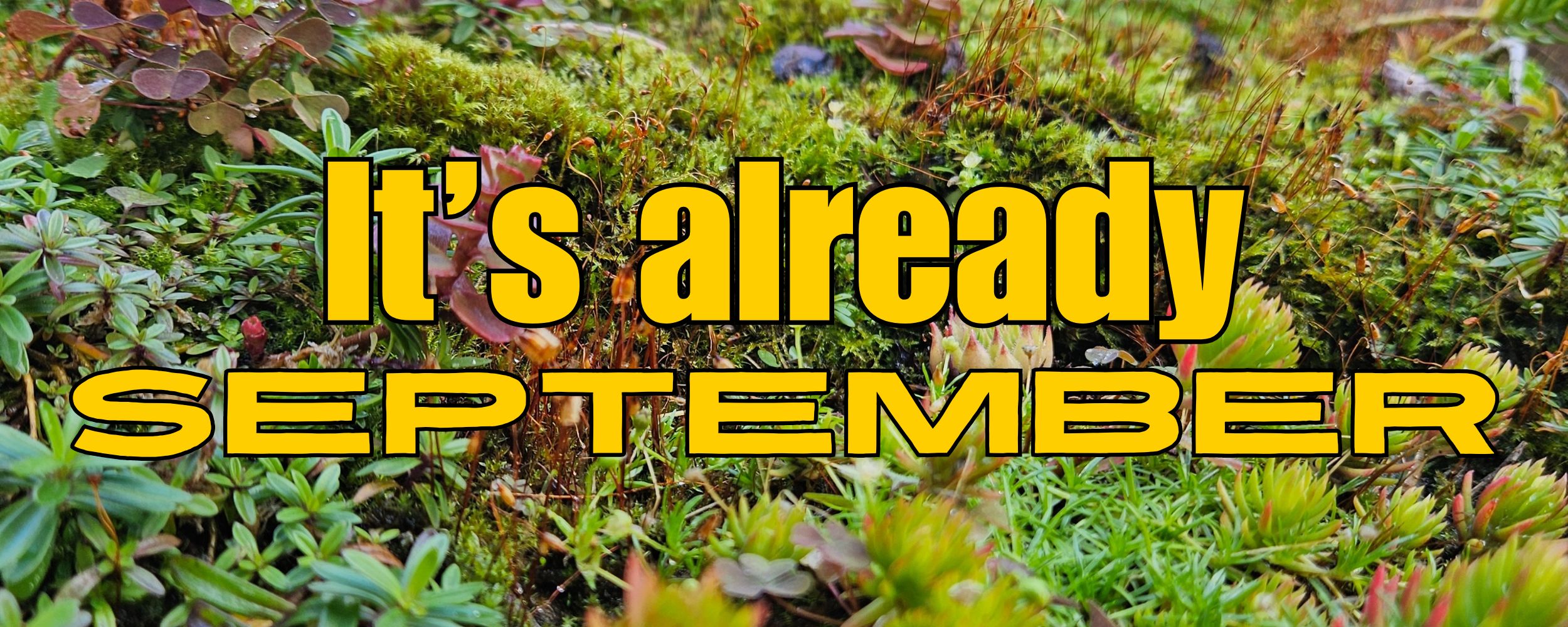
It’s our annual end-of-season sale! Starting Labor Day Weekend, many of our display items will be on significant discounts. We’d rather have them at home with you than in storage here at the garden center!
If you’ve been watching a planter or fountain, or a piece of garden art, now is the time to come back in and grab it at a fantastic price! This sale will run through September, but we expect many of the top items will be gone on the first weekend.
We have a great selection of fall pond plants, and things that will come back strong after the winter! See our section on fall pond plants, or visit us at the garden center for ideas.
We will also be adjusting to our fall hours in a few weeks! Falling Water Gardens will be CLOSED Sept. 17-19, and will start our fall hours on Sept. 20: open 10 a.m. to 5 p.m. on Friday, Saturday, Sunday and Monday, and CLOSED Tuesday through Thursday.
In this newsletter, we’ll talk about one of the oldest but most-popular varieties of koi as well as provide a to-do list for keeping your pond healthy in the fall – including switching over to cool-season food once the temperature drops below a certain point.
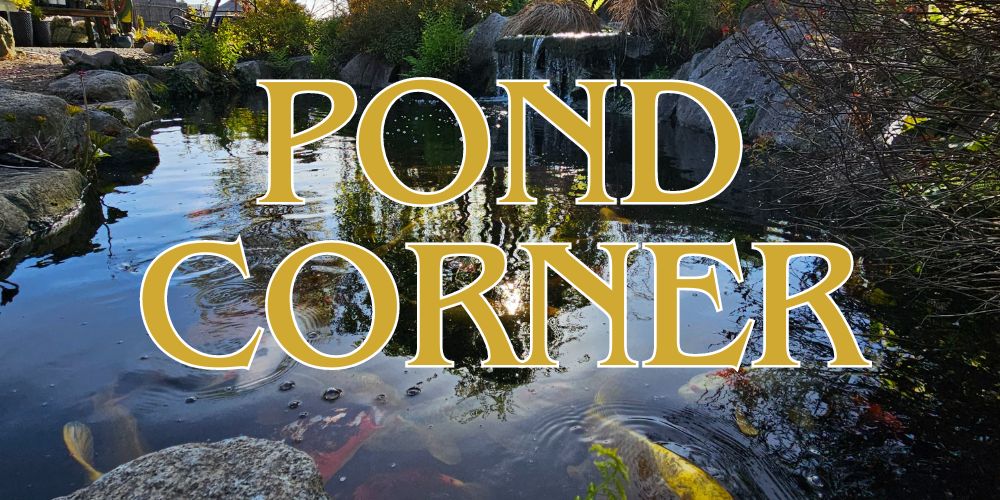
Now that the summer is behind us, it’s important to begin preparing for the fall and winter seasons with your pond.
As the water temperature dips below 60 degrees, we want to switch back to a cool-season/wheat germ food (we sell this at the nursery). Continue feeding fish until the water temperature hits 50-55 degrees (typically mid-October).
As the water temperature cools, fish cannot digest their food as efficiently. High protein Summer food can actually rot in their gut and cause abscesses. As the water temperature drops below 60 degrees you should switch to a cool-season or Spring/Fall food that has more wheat germ which is easier for your fish to digest. When the temperature drops below 50 you should stop feeding your fish entirely until Spring.
Your Fall maintenance To-Do list includes the following:
- Protect your fish health by changing to cool-season food.
- Cut back aquatic plants, clip and trim dead plant material, remove annuals like hyacinth and lettuce, prepare plants for winter.
- Check the pump and clean the volute
- Check the skimmer frequently during fall leaf drop and winter winds.
- Clean the biological filter, drain and store for winter
- Turn off the UV Sterilizer and (when practical) drain and store.
- Skim the pond and remove as much dead organic plant material as possible.
- Lift the pump to winter height (When practical)
Net the pond to collect falling leaves. (When practical)
NOTE: Every pond or water feature is unique, you may not have all of the items listed.
Plant material:
Plants start to die back when the water temperature drops. Cut back plant material that is decomposing and dropping to the bottom of the pond. Dispose of annual plants before they can sink to the bottom. Don’t cut back anything that is evergreen.
Pumps:
Two common problems which shorten the life of your pump and void your warranty.
First, weak connections on cords. Never pull your pump up using the cord. Stretching the cord can weaken connections within the pump or cause a leak in the seal around the cord.
Either problem will cause the pump to start shorting out your GFI and you’ll need a new pump. Pump manufacturers exclude cord problems from their warranty, so never let anyone pull your pump by the cord!
Second, Gunk Clogging the Inlets. Look in the back of the skimmer box where the pump is and make sure no pine needs or other gunk has gotten back there.
Those of you who do not have a skimmer must be even more diligent in checking your pump. Failure to keep the pump inlets clear voids your warranty and shortens the life of your pump, so make it a habit to check the inlets periodically, especially in the fall when the wind starts to knock all the needles out of your Douglas fir.
Skimmer:
Once the leaves have all fallen you can clean it less often through the winter. However, as we head in to fall and the leaves and needles start to fall it is important to clean your skimmer more frequently. Remember that you must periodically pull the filter matting out of your skimmer and hose it off very well to clear the needles out of it.
UV Sterilizer:
We suggest that you turn your UV sterilizer off by unplugging it around October 15th. This is because the water temperature approaches 40 degrees, algae growth becomes less prevalent.
If you turn it on in April and turn it off in October, you can use the UV bulbs for two full seasons and replace the bulbs every third year. Keep in mind that if you don’t turn off the UV by unplugging it, then you would want to replace your UV bulbs every season.
If you keep your pump running all winter then you don’t usually have to drain your UV. If you plan on turning the pump off during the winter, then the UV sterilizer valve should be closed and the UV drained to protect it from freezing.
Falling Water Designs suggests that you run your pump all year long because moving water almost never freezes and your pond will be healthier if you keep the pump running.
Biological Filter:
Clients who have a biological filter (which is not the up-flow filter that many have at the top of their waterfall), can clean and drain it for the winter. Once the water temperature drops to 40°F, the beneficial bacteria in the filter mostly die and stop working. Cleaning and draining the biological filter will prolong the life of the filter media.
Finally, if this all seems like too much work, Falling Water Designs offers Fall Maintenance Visits. Fill out this contact form to schedule your Fall Maintenance Visit.

This month we’re featuring a real beauty, the Chagoi!
This is an older variety that often look similar to wild carp because of their color. Instead of the bright red or white, chagoi koi feature more of a copper or another earthy color. These are known to be extremely friendly fish, and tend to grow to a larger size.
Chagoi make a great addition to ponds because of their demeanor, and the simple beauty of their coloring and pattern. We have several chagoi, including a butterfly variety, in our greenhouse here at the garden center.
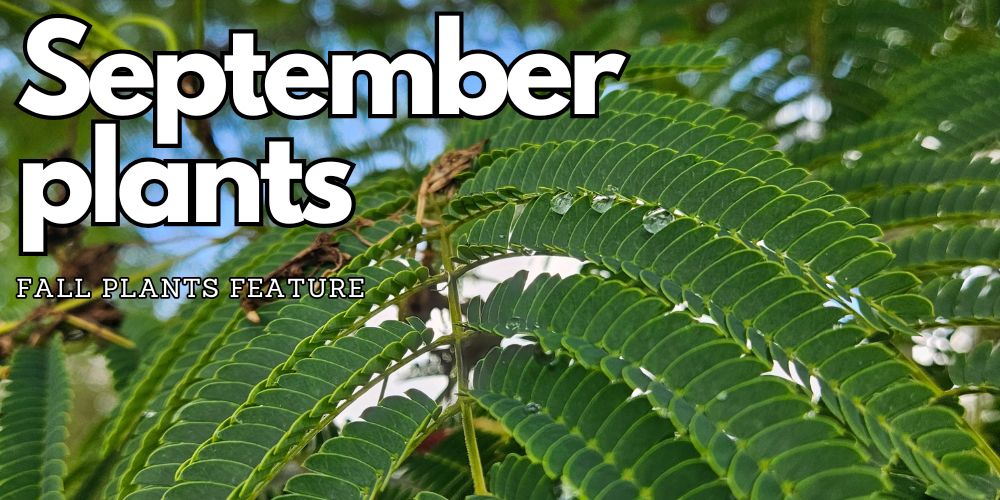
Fall Pond Plants
Giant Pennywort
Water pennywort is a small perennial plant that seldom exceeds 10 inches in height. Leaf petioles arise from creeping stems and attach to the center of the leaf. Leaves are round with bluntly rounded toothed margins, up to 2.5 inches in diameter. Flowers are borne on separate stalks as tall or taller than the leaves. Flowers are white to greenish-white and inconspicuous with tiny simple flowers that arise from a single point on the stalk. Pennywort can spread across moist soil or form floating mats on the surface of the water. Mats can break off and form floating islands. Submerged portions of aquatic plants provide habitats for micro and macro invertebrates.

Hardy Water Lily
We still have a good selection of stunning water lilies in our raised lily pond, including pink and white varieties! These are perennial plants and do well submerged in the pond over the winter.
They’ll add some instant color to your pond through the fall, and will re-emerge with leaves in the late spring and blooms throughout the summer season.

Aponogeton Distachyus ‘Water Hawthorne’
Attractive plant that loves cooler weather. Blooms are white with black stamens and have a vanilla fragrance. Foliage is elliptical to oval, shiny, with dark green and a tinge of purple. Will flower in fall, winter, & spring. Part sun to part shade. Needs 6 inches to 2 feet of water. Spread of 24-30 inches. Zone 6-9. Semi-Evergreen.
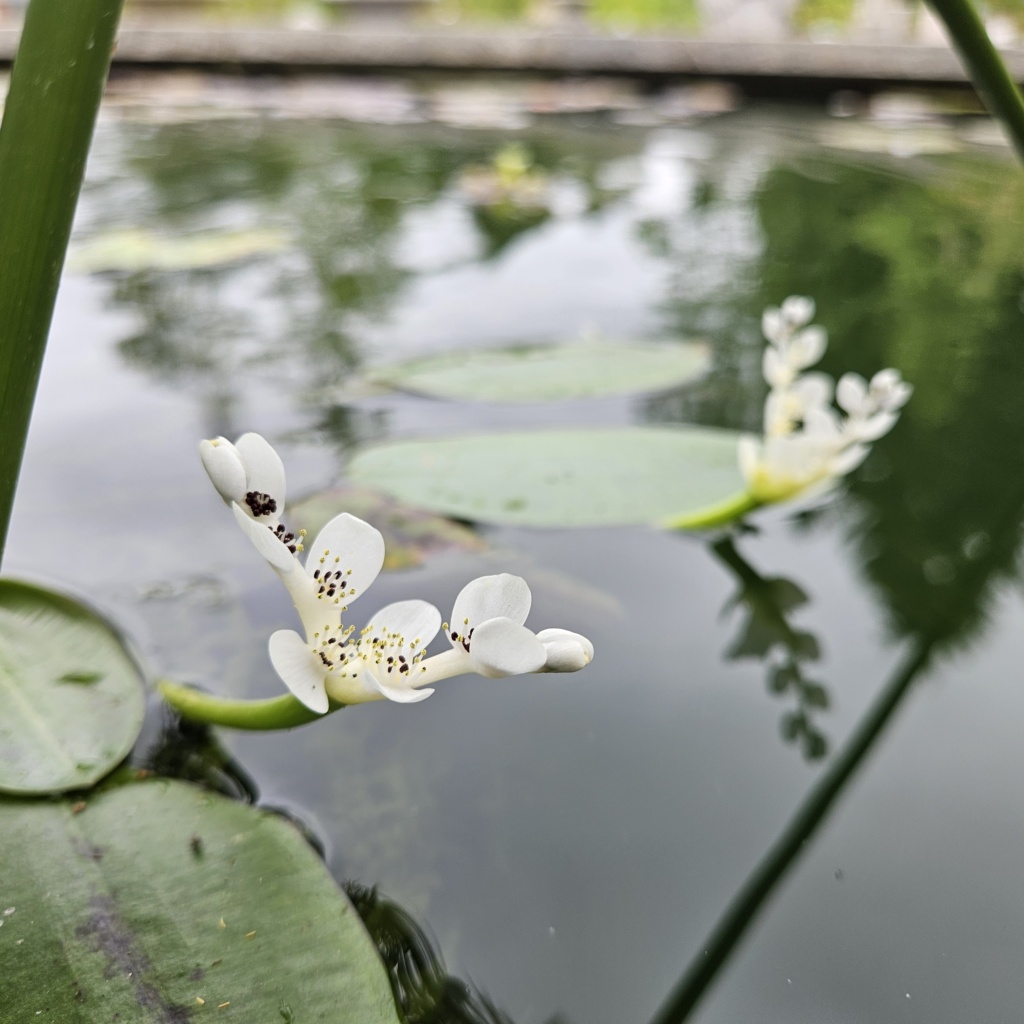

With Labor Day weekend upon us, our wedding venue has officially wrapped up the 2024 season!
We’re planning and looking forward to another busy summer in 2025, and we’ll share updates as new pieces come into place. Take a scroll through our Weddings at Falling Water Gardens instagram for some highlights of the season, or to dream about your own wedding!
We are still offering tours of the venue. If you or someone you know is interested in seeing our garden wedding escape, contact us for a walkthrough or check out our virtual tour
